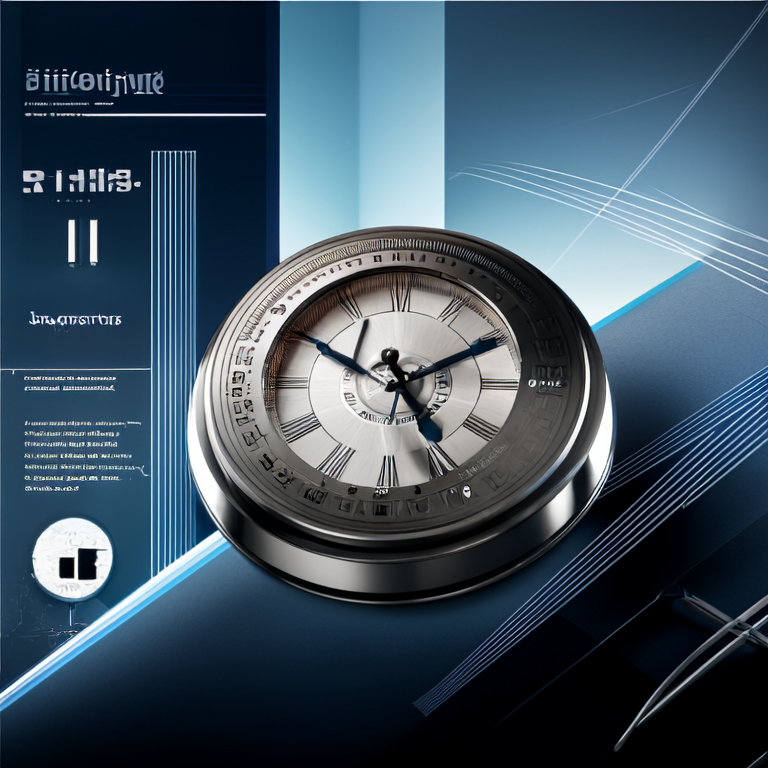
 EN
EN
atomic clocks represent the pinnacle of precision timekeeping, yet even these sophisticated instruments require regular calibration to maintain their accuracy and longevity. Users often face issues such as drift, reduced performance, and expensive repair costs due to neglecting calibration. In this article, we will explore how calibration services benefit atomic clocks through a detailed examination of user experiences and professional insights. Specifically, we will address the tangible effects of routine calibration, necessary preparation steps, and common errors that may arise.
Effective calibration services for atomic clocks can reduce time drift significantly, with a well-tuned clock losing no more than 1 second in over 300 million years. By understanding the underlying problems users may encounter—such as frequency inaccuracies and environmental impacts—businesses and individuals can proactively seek calibration services to maintain the exceptional performance of these precision devices.
Take the case of John, a scientist at a research facility. John reported that his lab\'s atomic clock started showing discrepancies of up to 2 milliseconds per day. After consulting with a calibration service, they discovered that environmental factors like temperature fluctuations were affecting the clock\'s performance. Following a professional calibration, the clock\'s accuracy improved drastically, stabilizing its timekeeping with an impressive deviation of only 0.5 milliseconds over a month.
Before engaging with a calibration service, users should have a clear understanding of what is required:
The calibration process for atomic clocks typically involves several clear and actionable steps:

Many users overlook specific critical areas during calibration, leading to suboptimal performance. Here are common errors and suggested solutions:
In conclusion, calibration services are paramount in extending the lifespan and ensuring the precision of atomic clocks. By understanding the calibration process, preparing effectively, and avoiding common errors, users can significantly improve their clock\'s performance. It\'s advisable for both professionals and individuals to partner with reliable service providers like California Triangle that specialize in atomic clock maintenance and calibration.
It is recommended to calibrate your atomic clock at least once every two years or more frequently if used in critical applications.
Yes, temperature fluctuations and humidity can influence the performance of atomic clocks, making controlled environments crucial for maintaining precision.
The costs can vary widely depending on service providers, but on average, expenses range from $200 to $1,500 depending on the complexity of the calibration needed.
Latest News
Dec. 11, 2025
Dec. 11, 2025
Dec. 10, 2025